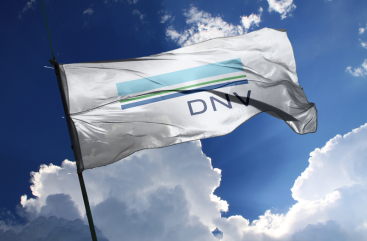
Assurance provider and technology expert DNV has launched the second phase of its floating substation Joint Industry Project (JIP), which aims to establish standards for offshore substations in the growing sector for floating WTGs. DNV believes that the anticipated updates to its DNV-ST-0145 standard will play a crucial role in supporting the deployment of floating wind projects. This new phase is expected to play an important role in refining guidelines and closing and technological and technology gaps, with participation now expanding to 19 leading industry players. Phase 1 of this collaborative effort had already included a broad range of stakeholders, including transmission operators, developers, component suppliers, EPC contractors, and yards, to address the unique challenges of floating offshore substations.
Designing and implementing offshore substations presents distinct challenges, such as the need for high-voltage dynamic cables and electrical systems that can withstand the movements of floating structures. Phase 2 of the JIP will concentrate on critical components such as high voltage equipment, dynamic cables, and the broader aspects of marine systems and operations. These efforts are crucial for updating DNV-ST-0145, the world’s first standard applicable to floating substations. By facilitating the deployment of floating substations in deeper waters, DNV is aiming to set new technological benchmarks. The participation of so many prominent companies, including ABB, EDF Renouvelables, GE Vernova, total and Iberdrola underscores the global importance of the project.
Call for participants: DNV is inviting additional stakeholders to join the initiative. As the JIP moves forward with Phase 2, there are still opportunities for industry leaders, innovators, and experts to contribute to shaping the future of floating wind technology by helping refine crucial standards. Interested parties are encouraged to contact DNV.






